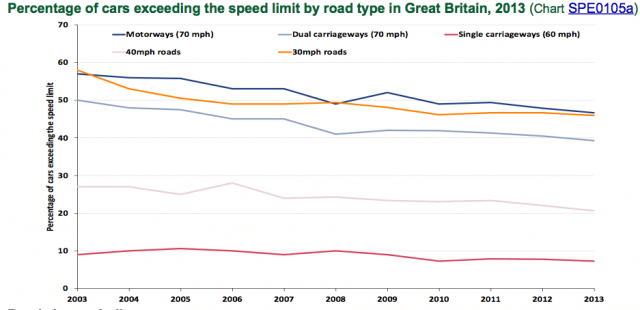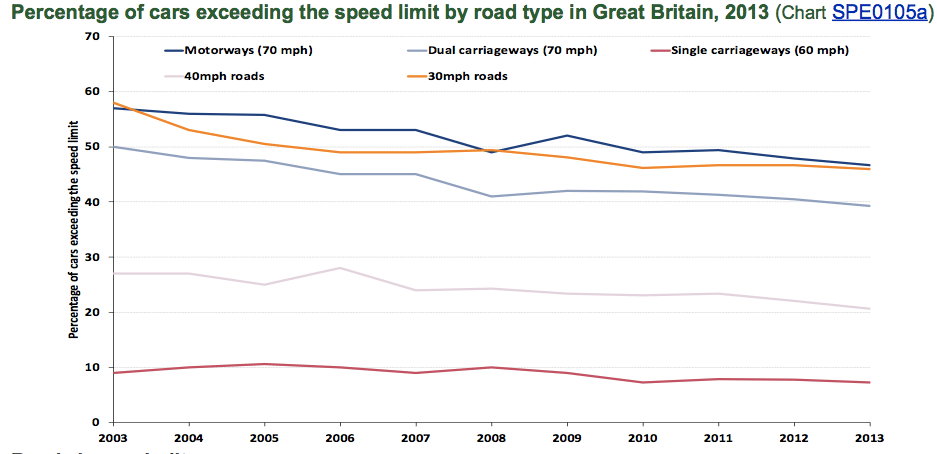Recently, I was researching an article – Cycling Facts – one interesting thing I came across is how in the 1920s American pedestrians were successfully demonised for crossing the road. A strong road lobby decided it would be good to shame pedestrians who wanted nothing more than to cross the road (and therefore inconvenience motorists). A law was passed making jaywalking illegal (In the US pedestrians can only cross a road at a marked crossing – if you cross the road where you feel like it, you could end up with a fine of $200). But, this law was also accompanied with a sophisticated campaign to make pedestrians seem outdated and ‘dangerous’. – Successfully taking blame away from the real cause of the surge in road accidents – speeding motorists.
According to the BBC
Clowns were commonly used in parades or pageants to portray jaywalkers as a throwback to rural, ignorant, pre-motor age ways.
Another ruse was to provide local newspapers with a free service. Reporters would submit a few facts about local traffic accidents to Detroit, and the auto industry’s safety committee would send back a full report on the situation in their city.
“The newspaper coverage quite suddenly changes, so that in 1923 they’re all blaming the drivers, and by late 1924 they’re all blaming jaywalking,” Norton says.
Breakdown of all trips made in the US
- Driving: 83%
- Walking: 10.4%
- Other (includes cycling): 4.2%
- Public transport: 1.9%
Source: National Household Travel Survey, 2009
Speeding drivers

Source: Gov.uk
Speeding drivers kill every year. In the UK, there are 2,500 deaths on the road. These are not caused by cyclists or pedestrians, but almost entirely by cars, lorries and buses.
Yet, speeding has no real social stigma. There is no outrage from British newspapers at the preventable accidents caused by speeding drivers. In fact, the only outrage you are likely to get is the fact that speeding cameras ‘caught you’ i.e. breaking the law.
Instead, the newspapers are more likely to get outraged at the behaviour of ‘cyclists’ running red lights – cycling on pavement stories. There can seem a deliberate campaign to make people who get on a bike feel shame for the behaviour of some other people who happen to make transgressions on the bicycle.
But, when I get behind the wheel of a car, I feel no identification with other motorists who drink drive, speed and kill.
You could also ask – is it any surprise young children cycle on the pavement when 50% of motorists are ignoring the speed limit on urban roads?
The Calm of driving slowly
There is a big difference between exceeding the speed limit on a motorway and in a 30mph zone. For a start there are no vulnerable road users (pedestrians and cyclists) on motorways. Motorways are statistically the safest place to drive.
But, a 20mph/30mph zone is entirely different. In Oxford, there are cyclists and pedestrians everywhere. Exceeding the speed limit is inviting an accident. But, it’s also an accident where a driver can seriously injure or kill someone else.
I try to avoid driving into the centre of Oxford (terrible congestion, and it’s only 2 miles). But, in the past weeks, I’ve been driving in for a few evening classes. I had too much to carry for a bicycle. One thing I noticed is how relaxing it was to drive SLOWLY. Taking care and giving way to other road users. Admittedly, I wasn’t in a rush. But, when you’re not trying to force your way through town and expect to drive slowly it’s a much more pleasant experience.
I suppose it’s good to take it slowly and not to feel you are King of the Road.
Related
- Cycle safety
- Cycling on pavements – problems and solutions


Very interesting post.
Last year I had a tracker fitted to my car by my insurance company. It uses GPS to track location, velocity and speed. In addition to a yearly premium half of what I would get with out it I also get £50 off for driving carefully in the first 3-months.
I have found that driving slowly and within the law makes the experience much more enjoyable.
Indeed. Very interesting.
I’ve seen online commenters suggest 20mph limits are a waste of time without enforcement because no-one will obey them, to which others reply that only a minority of drivers need to voluntarily drive at that speed, and others will be forced to – they’ll be stuck behind the law-abiding ones.
But when driving in traffic – whether in a 30mph or 60mph area – I often feel pressured to drive at the limit by drivers who sit on my tail. The kind who perform ridiculous overtaking maneuvers past cyclists or learners on principle.
Maybe succumbing to the pressure would make me a bad driver, but I find trying to drive slowly is anything but pleasant. 🙁